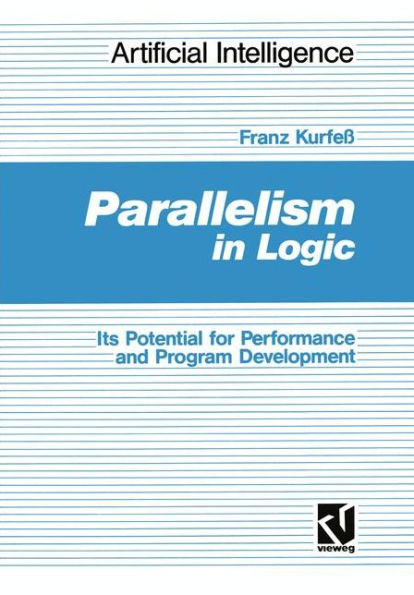Parallelism in Logic: Its Potential for Performance and Program Development
The potential of parallelism in logic reaches far beyond the exploitation of AND- and OR-parallelism usually found in attempts to parallelize PROLOG. This book discusses parallelism in logic and its exploitation on parallel architectures. A variety of categories of parallelism is discussed with respect to different levels of a logical formula and different ways to evaluate it. As an outcome of these investigations it is shown that modularity allows s tructuring of logic programs and meta-evaluation can be used to c ontrol the evaluation process on a parallel system. This combinat ion yields a consistent programming framework with a wide scope. Finally, the suitability of a specific evaluation mechanism for p arallel architectures is investigated.
1132019609
Parallelism in Logic: Its Potential for Performance and Program Development
The potential of parallelism in logic reaches far beyond the exploitation of AND- and OR-parallelism usually found in attempts to parallelize PROLOG. This book discusses parallelism in logic and its exploitation on parallel architectures. A variety of categories of parallelism is discussed with respect to different levels of a logical formula and different ways to evaluate it. As an outcome of these investigations it is shown that modularity allows s tructuring of logic programs and meta-evaluation can be used to c ontrol the evaluation process on a parallel system. This combinat ion yields a consistent programming framework with a wide scope. Finally, the suitability of a specific evaluation mechanism for p arallel architectures is investigated.
59.99
In Stock
5
1

Parallelism in Logic: Its Potential for Performance and Program Development
300
Parallelism in Logic: Its Potential for Performance and Program Development
300Paperback(1991)
$59.99
59.99
In Stock

Product Details
| ISBN-13: | 9783528051631 |
|---|---|
| Publisher: | Vieweg+Teubner Verlag |
| Publication date: | 12/27/2012 |
| Series: | Künstliche Intelligenz |
| Edition description: | 1991 |
| Pages: | 300 |
| Product dimensions: | 0.00(w) x 0.00(h) x 0.03(d) |
| Language: | German |
From the B&N Reads Blog
